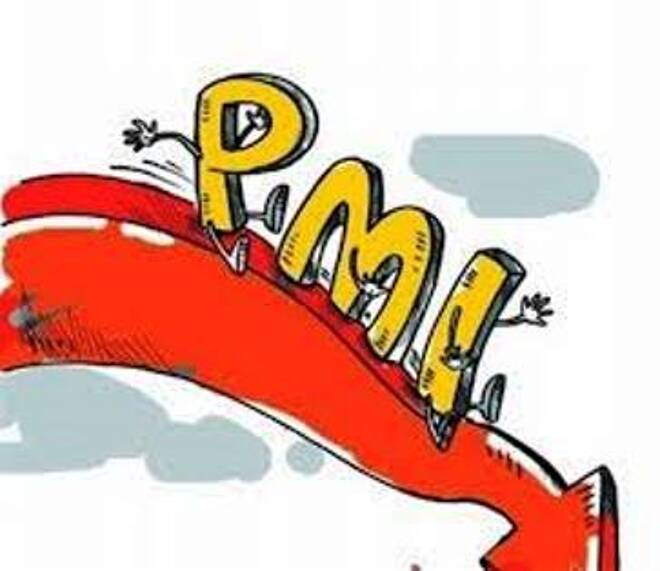Advertisement
Advertisement
Asian Markets & Currency Decline After Chinese Data
By:
Another disappointing report on Chinese manufacturing is weighing on the Asian markets and currencies this morning. The Aussie dipped 25 points to 0.7311
Another disappointing report on Chinese manufacturing is weighing on the Asian markets and currencies this morning. The Aussie dipped 25 points to 0.7311 and the kiwi bottomed at 0.6619 down 11 points. The Japanese yen climbed a bit this morning as traders moved to safe haven trades. The preliminary reading for a key Chinese purchasing managers’ index (PMI) fell to a near six-and-a-half-year low of 47.1 in August, below a Reuters forecast of 47.7, underscoring persistent sluggishness in country’s vast factory sector.
The final Caixin China PMI dropped to a two-year low of 47.8 in July, while the official China PMI avoided falling into contraction territory by coming in at 50 for the month. Caixin’s China PMI data tends to focus on smaller and medium-sized companies, filling a niche that isn’t covered by the official data.
“The Caixin Flash China General Manufacturing PMI for August has fallen further from July’s two-year low, indicating that the economy is still in the process of bottoming out,” said He Fan, chief economist at Caixin Insight Group.
The US dollar weakened farther this morning falling to 95.51 down 27 points, while the S&P sank 2.1 per cent — its biggest one-day drop since February 2014, and wiping out the benchmark’s gains for the year. The Dow Jones Industrial Average slid 2.1 per cent and the Nasdaq Composite shed 2.8 per cent.
Only the Japanese yen strengthened, by 0.1 per cent to Y123.29 per dollar, boosted by the positive PMI reading and the currency’s haven status. Shanghai stocks fell 1 percent to below the 200-day moving average for the first time since July 2014. That brought losses for the week to 7.9 and pushed the S&P 500 to a six-month low overnight. The Hang Seng in Hong Kong was down 1.9 percent. The recent plunge signified a weakening Chinese economy in the view of global investors, raising prospects of slower inflation, weaker demand for commodities and a currency war after Beijing devalued the yuan last week.
The tumble in Wall Street pushed safe-haven US Treasury yields further down. Yields were already feeling a downward pull after minutes from the Federal Reserve’s July meeting offered little clue of a near-term rate hike, denting expectations of a tightening in September.
The dollar fell to $1.1241 against the euro, down more than one cent from late Wednesday and more than two cents below where it stood earlier Wednesday before a Federal Reserve July meeting record showed US central bankers still cautious about raising interest rates for the first time in nine years.
The minutes to the July Fed policy meeting sent the dollar tumbling against most currencies and pushed back bond yields that had been edging up in anticipation of a rate hike within weeks. The greenback also fell to 123.29 yen and to $1.5693 versus the pound.
About the Author
Barry Normanauthor
Did you find this article useful?
Latest news and analysis
Advertisement
